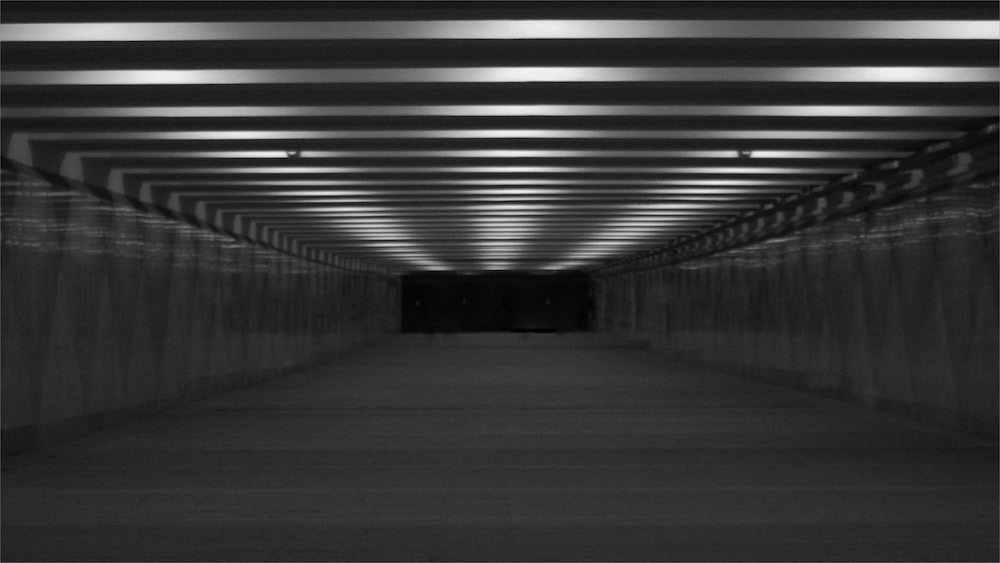
11 Jul 2024
In locations where it’s feasible, underground storage facilities present a novel approach to self-storage that has the potential to offer certain advantages over traditional above-ground buildings. As certain parts of the country get battered with consistent non-friendly Storage Facility weather patterns, the idea should at the least spark a dialogue amongst open-minded builders and developers.
Food for thought: Google ‘underground cities around the world’ and you will find 40+ such cities sprinkled around the globe. Cities that each housed 1000’s of people, along with animals. Places that our ancestors dug out without the tools and technology we have available to us today. It’s not a stretch of the imagination what we would be able to accomplish on a grand scale with modern ingenuity.
Is the idea completely nuts on a grand scale? Perhaps, but take a minute to see how it’s already working on a commercial level today:
Building underground in areas with suitable geological conditions, such as limestone-rich regions, can provide the structural integrity required for extensive storage facilities. Examples like SubTropolis in Kansas City, MO, and Springfield Underground in Springfield, MO, showcase successful implementations.
Excavation costs can be offset by the long-term benefits of reduced maintenance and energy expenses.
One of the primary complaints from townships - you all have your favorite ‘City Council’ story I’m betting - regarding self-storage facilities is their unsightly appearance. Underground storage eliminates this concern by being completely out of sight, preserving the community’s ideas of perceived aesthetic value.
Since it’s underground, there won’t be anymore hand-wringing, forehead slapping meetings regarding expensive exterior designs that need to blend with surroundings. No more: “Why does it have to look like a barn” conversations!
Traditional multi-story climate-controlled storage facilities aim for a rental price of around $2.00 per square foot to be profitable. Underground facilities can achieve competitive pricing by saving on insulation and HVAC costs due to naturally stable underground temperatures.
Examples like Springfield Underground, with 3.2 million square feet of leasable space, demonstrate the possible feasibility and profitability of large-scale underground storage. The Springfield Underground has a constant ambient temperature of 62°F, with refrigerated areas managed by an on-site team - which could be flipped into a self-contained functionality with smaller locations. Natural climate control leads to possible significant energy savings and lower operational costs. Of course, it’s open to discussion so let’s discuss. I would love to hear from the community!
Facilities like Springfield Underground and Louisville Mega Cavern offer extensive infrastructure, including numerous dock doors, rail sidings, and roadways, enabling efficient logistics and transportation.
The natural protection from weather elements and enhanced security measures, such as fire sprinklers and controlled access points, make these facilities ideal for sensitive or high-value storage. Think: materials that degrade in high temperatures like Artwork, Microfiche, Movie/Film reels etc.
Utilizing existing mines or excavating new underground spaces can be environmentally friendly, especially when using recycled materials for construction and fill.
Fire-resistant safety corridors and robust emergency systems ensure safety for both stored items and onsite personnel.
Springfield Underground:
Louisville Mega Cavern:
Iron Mountain in Pennsylvania:
Underground storage facilities can also cater directly to consumers, offering:
Investing in underground storage facilities can offer developers and communities a sustainable, cost-effective, and aesthetically pleasing alternative to traditional self-storage buildings. By leveraging the natural advantages of underground spaces, these facilities can provide superior climate control, security, and operational efficiency while maintaining the community's visual appeal.